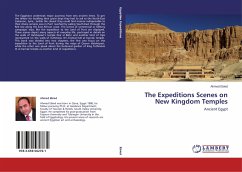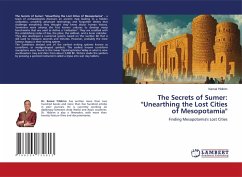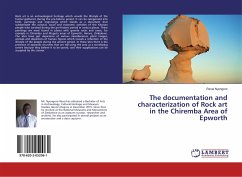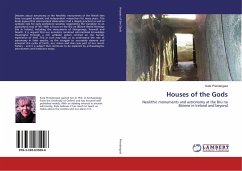On the Greater Mapungubwe Landscape, which includes parts of northeastern Botswana, northern South Africa and southwestern Zimbabwe, we find one of the most complex forager archaeological records in southern Africa. Here, foragers in the last 2000 years encountered agriculturalists who settled in the region. From AD 900, changes in the agriculturalist's political, social and economic systems, spurred on by trade wealth, led to the establishment of the Mapungubwe capital and state around AD 1220, the first of its kind in southern Africa. During this time, foragers interacted with these farmers and changed their material record and settlement patterns accordingly, resulting in the disappearance of the Later Stone Age signature by AD 1300. Through a new study on the Greater Mapungubwe Landscape, these finds are challenged and it is shown that the relationship between foragers and farmers was diverse and varied. By studying sites found in a variety of contexts and not only in rockshelters, as has been done, a greater resolution of the changing foraging record is achieved.








